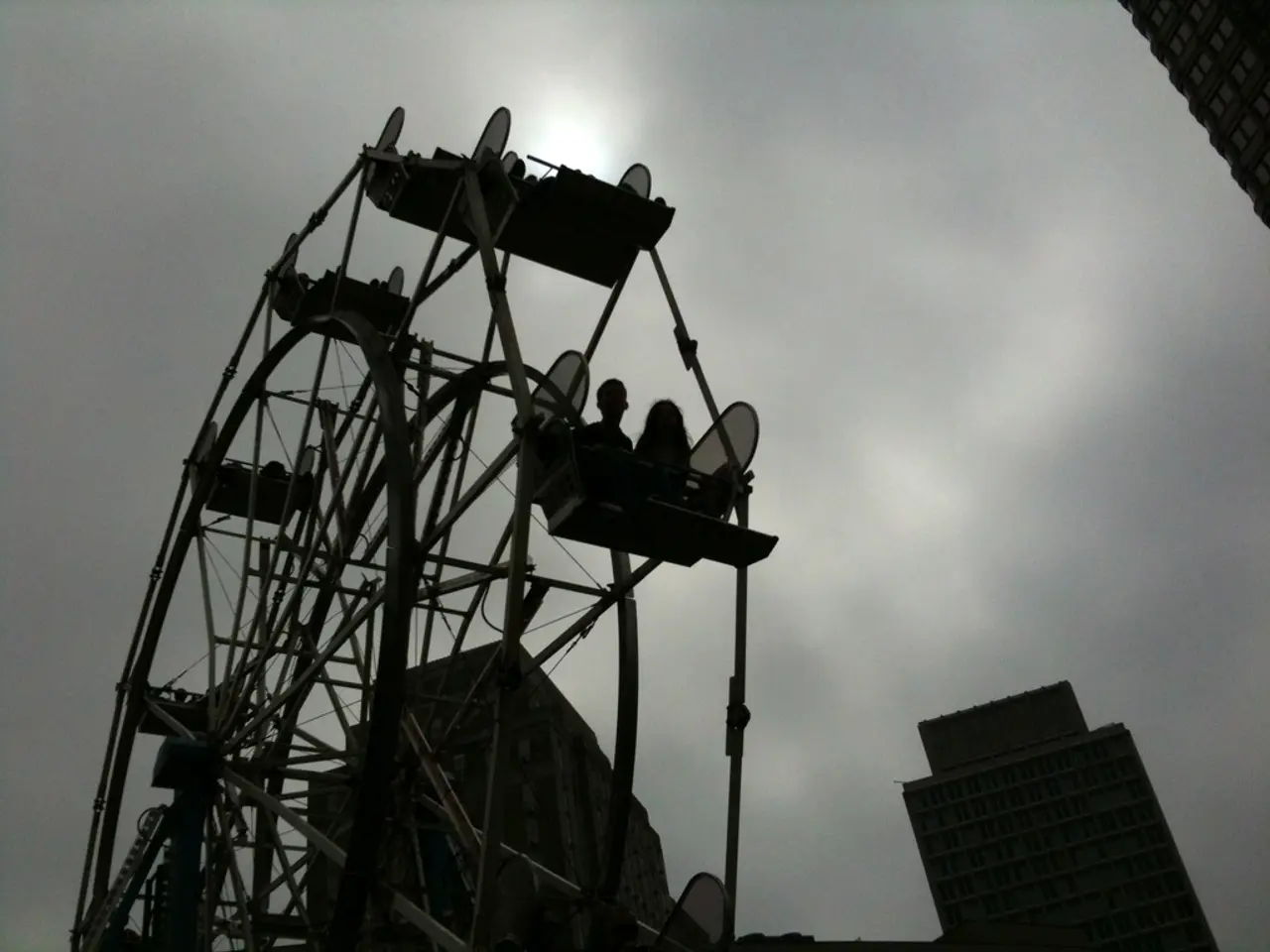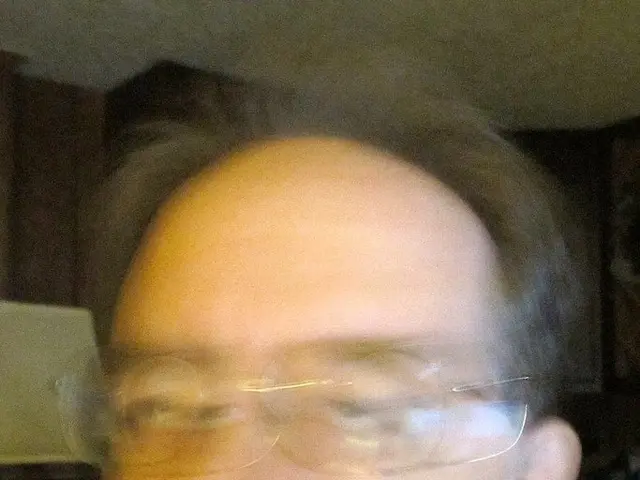Intense Attention Deficit Hyperactivity Disorder: Signs, Drugs, and Remedies
Severe ADHD, a more intense form of Attention Deficit Hyperactivity Disorder (ADHD), is characterized by persistent and significant symptoms that impact a person's daily life. According to the DSM-5-TR, the diagnostic criteria for severe ADHD involve the presence of symptoms in two main domains: inattention and hyperactivity/impulsivity, which must have been present for at least 6 months, begun before age 12, occur in multiple settings, be inappropriate for developmental level, and impair functioning [1][2][3].
For children under 16, at least 6 symptoms are required in one domain, while adolescents and adults need 5 or more. ADHD has two broad categories of symptoms: primarily inattentive, primarily hyperactive/impulsive, and mixed type [1].
Diagnostic Evaluation
Diagnosing severe ADHD requires a thorough clinical evaluation. This typically involves a comprehensive interview covering symptom history, developmental background, and impact on daily life. Standardized symptom checklists or rating scales, such as the Vanderbilt or Conners, are often used [2][3][5].
Gathering information from multiple informants, such as parents, teachers, partners, or colleagues, is also essential. A physical exam and tests to exclude other conditions, like thyroid issues or sleep problems, are often part of the evaluation process. Assessment for co-occurring disorders, such as anxiety, depression, learning disabilities, or autism spectrum disorder, is also crucial [2][3][5].
Treatment Options
Treatment for severe ADHD combines medication (primarily stimulants) with behavioral therapies tailored to the individual's needs [1][4].
Pharmacological Treatment
Stimulant medications, such as methylphenidate and amphetamines, are often the first-line treatment. These drugs increase dopamine, improving attention and reducing hyperactivity/impulsivity [1]. Non-stimulant medications, like atomoxetine, guanfacine, and clonidine, may be used if stimulants are ineffective or cause side effects [1].
Behavioral Therapy
Cognitive-behavioral therapy (CBT) targeting organizational skills and impulse control is a common form of behavioral therapy. For children, parent training and classroom behavior management are also essential components [1].
Comprehensive Management
Addressing co-occurring conditions, providing psychoeducation and support for patients and families, and making necessary academic accommodations and workplace adjustments are all part of comprehensive management [1][4].
Psychosocial interventions can include coaching a parent or caregiver, teaching self-advocacy, occupational therapy, schedule changes, and more [1].
It's important to note that Severe ADHD is not a formal diagnosis but a label used to describe significant ADHD symptoms that have a substantial impact on a person's daily life. The Americans With Disabilities Act covers ADHD, making it illegal to discriminate against someone with the condition and requiring workplaces to make reasonable accommodations [6].
Untreated ADHD is a risk factor for substance misuse, emphasizing the importance of timely and effective treatment [7]. With the right diagnosis, treatment, and accommodations, individuals with severe ADHD can lead fulfilling and productive lives.
Read also:
- Artificial Fuels Demystified: Could Man-Made Fuels Prolong the Lifespan of Internal Combustion Engines?
- Can forensic science strategies halt the illicit $23 billion wildlife trafficking market?
- America-based company envisions rehabilitating Europe's largest enterprise on climate technology marking bankruptcy
- Lake Constance's natural showcase offers an exceptional visual experience







